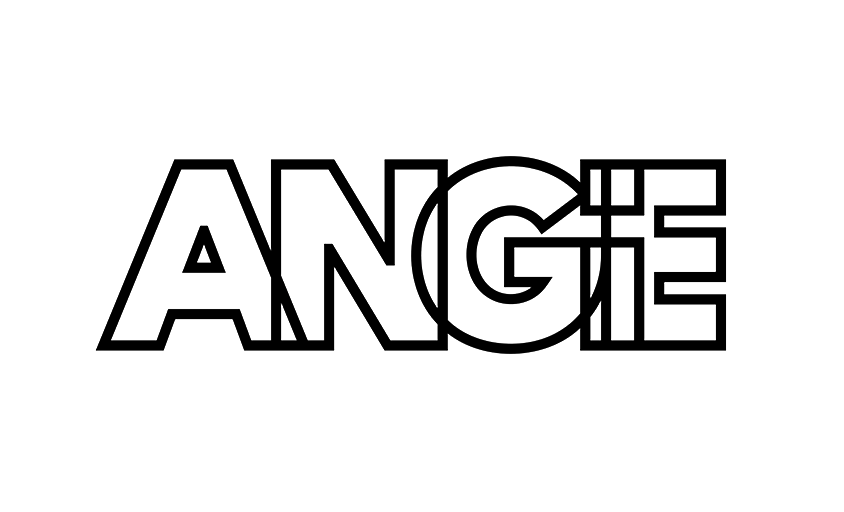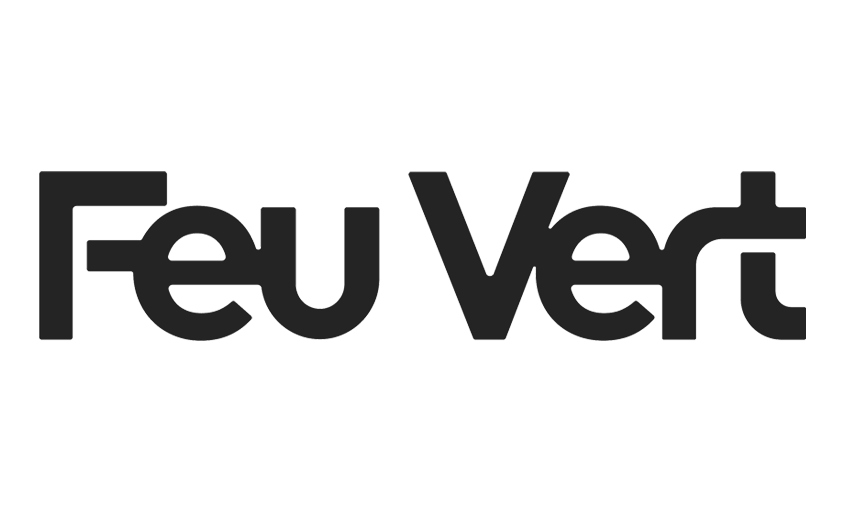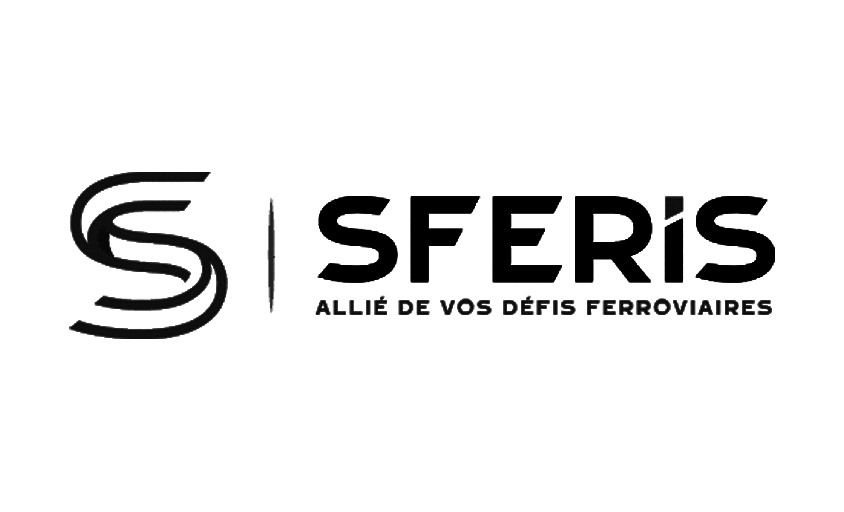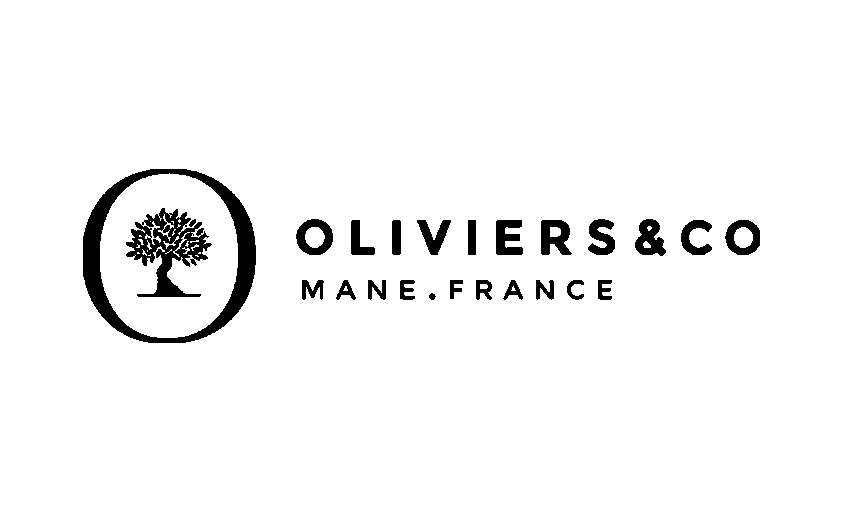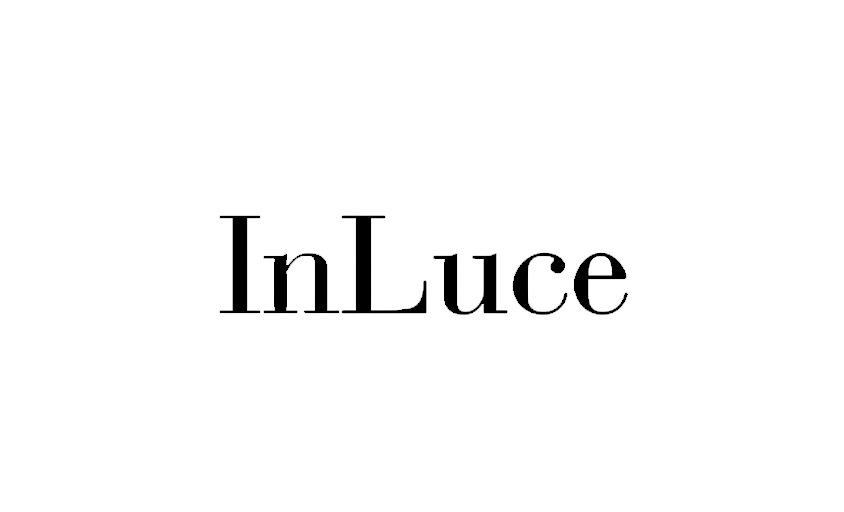Negative
In this article :
The negative, in photography, is much more than a simple inversion of colors. It lies at the very heart of traditional development processes, where whites become blacks and vice versa, creating a unique and captivating visual universe. In the digital age, the magic of the negative continues to fascinate photography professionals, just like our team at Rétines, where we explore the roots of our craft to inspire our contemporary creations.
Understanding the Photographic Negative
The negative is the first tangible image created when capturing a scene on film. It is a light imprint where every detail and texture is preserved, but in reversed tonal values.
Color Inversion
- Basic Principle: The brightly lit areas of the scene become dark on the negative, while shadows turn into light areas.
The Development Process
- From Latent Image to Visible Image: Chemical development reveals the hidden image on the film, locking in the tonal inversion for posterity.
The Art of the Negative in Modern Photography
Although digital photography dominates the market, the use and appreciation of negatives are still alive and well, offering a tactile quality and a thoughtful process to the act of photographing.
Digitizing Negatives
- A Bridge Between Two Worlds: Digitization allows negatives to be converted into digital files, opening new creative possibilities while preserving the unique quality of analog images.
Creative Techniques with Negatives
- Visual Experiments: Photographers can play with negatives to create original visual effects, such as overlays or partial inversions.
Negative vs. Positive: A Complementary Relationship
The dynamic between negative and positive in photography is fundamental, with each offering a different perspective on the captured image. The negative carries a sense of mystery, revealing its secret only through the process of turning into a positive.
The Importance of the Negative in the History of Photography
- A Visual Legacy: Negatives are historical witnesses, preserving captured moments with unparalleled fidelity and depth.
Conclusion
The photographic negative, with its inverted world of light and shadow, remains a key component of photographic art. At Rétines, we celebrate this legacy by integrating the unique depth and texture that negatives bring to our projects. You are invited to rediscover the timeless beauty of the negative and explore how it can enrich your own photographic work.
Jérémy Carlo is the editorial director at Rétines, where he ensures the consistency and clarity of all content produced by the studio.
Our Clients
Let’s discuss
What we do for you at Rétines
Meticulous work, an organised project and fast delivery. And to achieve this, we mobilise the right resources in our teams at the right time.
01
Pre-production
Artistic and technical direction tailored to the project.
Relevant recommendations on content, form and resources.
02
Photo Shooting
Photos taken by our experienced photographers.
Production that’s controlled, efficient and tailored to the needs of the project, with nothing superfluous.
03
Retouching
Technique
Photographs magnified by our retouching team.
Post-production to meet the commercial challenges of the brief.



